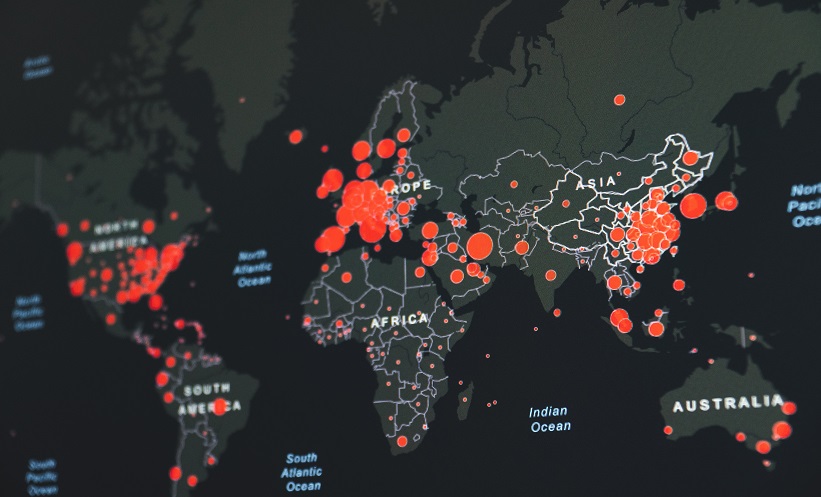A RECENT update to the World Health Organization’s (WHO) living guideline on COVID-19 therapeutics includes a strong recommendation for the use of the Paxlovid (Pfizer Inc., New York City, New York, USA) in patients with non-severe COVID-19, who are at highest risk for hospitalisation. Furthermore, administration of remdesivir to this same patient population was conditionally recommended by WHO.
The 10th version of the living guideline was issued by Arnav Agarwal, General Internal Medicine Fellow, McMaster University, Ontario, Canada, and colleagues. The authors stated that the recommendations reflect important reductions in admission to hospital (moderate certainty) with little or no impact on mortality, mechanical ventilation, time to symptom resolution (low to very-low certainty), and adverse effects, leading to drug discontinuation (high certainty for nirmatrelvir plus ritonavir [sold under the brand name Paxlovid]; moderate certainty for remdesivir).
The recommendation supporting the use of nirmatrelvir plus ritonavir was based on data from two randomised controlled trials, which involved 3,100 patients. Overall, the researchers reported 84 fewer hospital admissions per 1,000 individuals who received nirmatrelvir plus ritonavir within 5 days. For this reason, Agarwal and co-authors highlighted that clinicians should administer this antiviral combination as early as possible to eligible patients.
The recommendation for use of remdesivir was based on five randomised controlled trials, involving 2,700 patients. In this instance, there were 73 fewer hospital admissions per 1,000 people with the antiviral. However, optimal dosing, duration, and timing of remdesivir remain to be elucidated.
It is important to note that rapid access to the antivirals in low- and middle-income countries may be hindered by cost and resource implications. In addition, access to these medications is tied to access to severe acute respiratory syndrome coronavirus 2 diagnostic testing. Going forward, WHO stressed the importance of widening the geographic distribution of nirmatrelvir plus ritonavir.








